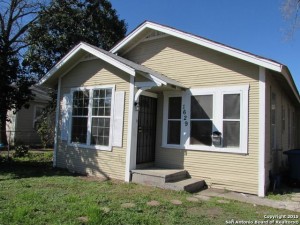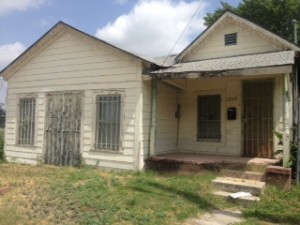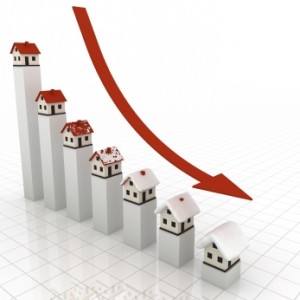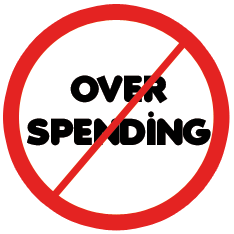Key Takeaways
- Listening to positive and inspiring people keeps your spirits up in rough times.
- Staying positive can lead to new business opportunities.
- Stay away from negative real estate investors especially online forums.
This article now appears in Inman Select.
Maintaining a positive attitude in San Antonio investment properties has been key to my long-term success since 2001. My mentors taught me that staying relentlessly positive in my investing would propel me through rough waters.
And have I ever been through some rough Class-4 rapids in my day.
But let’s back up for a second. Before the real estate crash of 2008, I focused largely on $1 million homes in San Antonio, Texas, which I rehabbed and resold for a 30 percent profit. Those were the days — rehab a house in four months and sell it for a $325,000 profit.
Learn from tough times
Then one morning in 2008, I called my local bank to borrow an additional $250,000 for two rehabs. The voice on the other end of the phone said, sorry — we aren’t loaning money on under market value San Antonio investment properties anymore.
What? And that was when it all started to fall apart. It was nearly impossible to borrow money, though I owned 100 houses free and clear and had an eight-year success record.
But I had a bigger problem. I was stuck with $1 million worth of under market value houses that I couldn’t sell. No one could qualify for mortgages, and the market crash had dropped their value to under $800,000.
I had many sleepless nights. Despair crept up on me as my bank account shrank.
Focus on positive speakers
Even though I was losing money left and right at this time, I still managed to keep a positive, can-do attitude with my out of state investment properties.
That’s easy to say, but how did I do it? I listened every day to positive speeches and sermons from famous speakers and pastors.
Being a Christian, I listened every day to Joel Osteen; I found his uplifting sermons about prosperity in all aspects of life to be a huge lift for me.
Also, I listened daily to the leader of Christian Business Leaders International, Bob Harrison, who is also known as the No. 1 increase authority in America.
Harrison has been through trying financial times as well. But his optimism has carried him through, and he is now one of the leading business speakers in the world.
Lead with optimism and find new opportunities
Maintaining an optimistic outlook didn’t just get me through the market crash. It also opened new horizons for me in real estate investing.
I discovered something shocking: the expensive $1-million houses are the riskiest investments. When the market dips, the demand for those homes plummets, as do the prices.
On the other hand, my little, bitty $50,000 three-bedroom, one-bathroom out of state investment property sells just the same no matter what’s happening in the market.
The demand was always there for these small under-market-value houses, and each one made — and continues to make — me $600 to $800 per month on owner financing.
So, the crash and staying positive throughout it led me to an amazing new business opportunity — buying and selling distressed homes and owner-financing them. Even better, the crash allowed me to snatch up 100 of these houses for about $20,000 each, and they now sell for $50,000 each or more.
The crash and staying positive throughout it led me to an amazing new business opportunity.
3 tips for staying positive
It’s vital to maintain a positive, can-do spirit in your real estate investing, no matter what. This is what makes you stick to it when other investors give up. Here’s my advice:
1. When things are bad, listen to uplifting and motivational speakers
Find positive business mentors online that can inspire you and keep you motivated. Zig Ziglar is another great one.
2. Remove yourself from negative environments, especially online forums
I love the Internet, but there is a lot of negativity on some real estate investing websites. Many people just want to moan about how bad things are — it makes them feel better.
I don’t have even one second of time for this kind of talk. Associate with positive, can-do real estate investors only. And by the way, I made plenty of money in real estate without a website or ever being online at all.
3. Shadow a successful, positive mentor
Whatever city you are in, you can locate a good real estate mentor to inspire you. Why would he or she talk to you? Because you have something to offer.
Offer to help them with hanging signs, making calls or doing office work in exchange for learning from them. I met most of my mentors at real estate meetings in San Antonio, and their positive attitude rubbed off on me.
Maintaining an optimistic outlook in down times led me to even better real estate success in under market value properties, so always keep your chin up.










